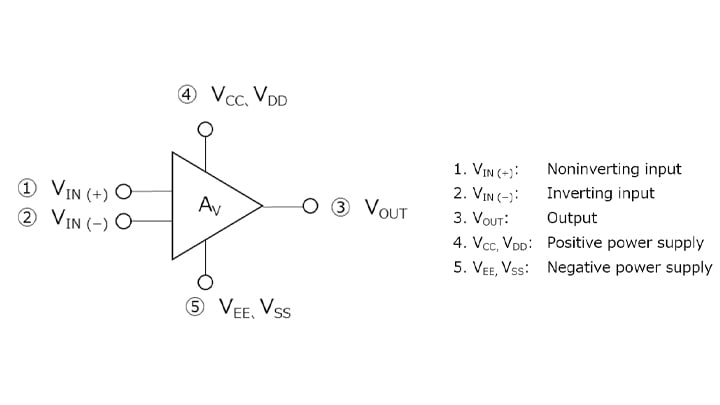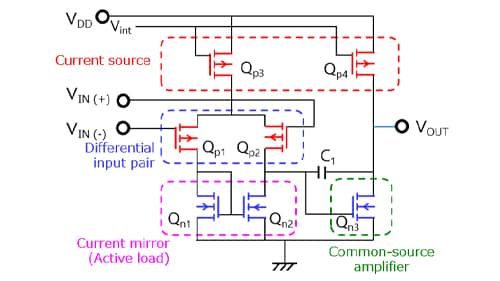- 半導體首頁
-
應用Automotive
Body Electronics
xEV
In-Vehicle Infotainment
Advanced Driver-Assistance Systems (ADAS)
Chassis
IndustrialInfrastructure
BEMS/HEMS
Factory Automation
Commercial Equipment
Consumer/PersonalIoT Equipment
Healthcare
Wearable Device
Mobile
Computer Peripherals
-
產品車用元件
Discrete Semiconductor
Diodes
電晶體
通用邏輯IC
Analog Devices
Digital Devices
Wireless Devices
※
: Products list (parametric search)
功率半導體※
: Products list (parametric search)
隔離器/固態繼電器Photocouplers
Digital Isolators
※
: Products list (parametric search)
MOSFETsIGBTs/IEGTs雙極性電晶體※
: Products list (parametric search)
Diodes※
: Products list (parametric search)
微控制器馬達驅動 ICs智能功率 ICs※
: Products list (parametric search)
電源管理 ICs線性 ICs※
: Products list (parametric search)
通用邏輯 ICs線性影像感測器其他產品其他產品
※
: Products list (parametric search)
-
開發/設計支援
開發 / 設計支援
-
技術知識
- 購買管道
- 型號 & 關鍵字搜尋
- 交叉搜尋
- 參數搜尋
- 線上庫存查詢跟購買
This webpage doesn't work with Internet Explorer. Please use the latest version of Google Chrome, Microsoft Edge, Mozilla Firefox or Safari.
型號需要超過三個文字以上 Search for multiple part numbers fromhere.
The information presented in this cross reference is based on TOSHIBA's selection criteria and should be treated as a suggestion only. Please carefully review the latest versions of all relevant information on the TOSHIBA products, including without limitation data sheets and validate all operating parameters of the TOSHIBA products to ensure that the suggested TOSHIBA products are truly compatible with your design and application.Please note that this cross reference is based on TOSHIBA's estimate of compatibility with other manufacturers' products, based on other manufacturers' published data, at the time the data was collected.TOSHIBA is not responsible for any incorrect or incomplete information. Information is subject to change at any time without notice.
型號需要超過三個文字以上
1.1. Characteristics of op-amps (What is the ideal op-amp?)

Generally, amplifiers should neither affect the preceding circuit nor be affected by the subsequent circuit. Therefore, amplifiers should have high input impedance and low output impedance.
Op-amps have characteristics close to these requirements. The following compares the ideal and real op-amps:
Although there is no such thing as an ideal op-amp, you can assume the ideal op-amp early in the design stage. However, you should consider the differences between the ideal and real op-amps when you proceed to the detailed design stage.
For example, if the input impedance of an op-amp is low, its input voltage is derived from the input impedance of that op-amp and the output impedance of the preceding device. The low input impedance of an op-amp also affects its feedback loop. If the output impedance of an op-amp is large, its output voltage is derived from the output impedance of that op-amp and the impedance of its load.
In typical applications, however, the input impedance of an op-amp is negligibly large compared with the output impedance of the preceding circuit, and the output impedance of the op-amp is negligibly small compared with the impedance of the subsequent load. Therefore, these impedances do not normally have a significant impact. The same is true of the other parameters shown above.
It is necessary, however, to check their impact when creating a detailed design.
Related information
Related information
- Products
- Application Notes
- FAQs
- Parametric Search
- Stock Check & Purchase



